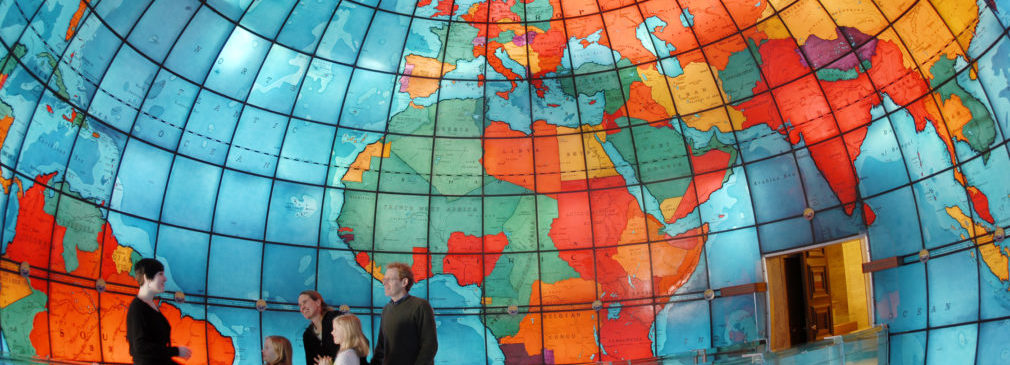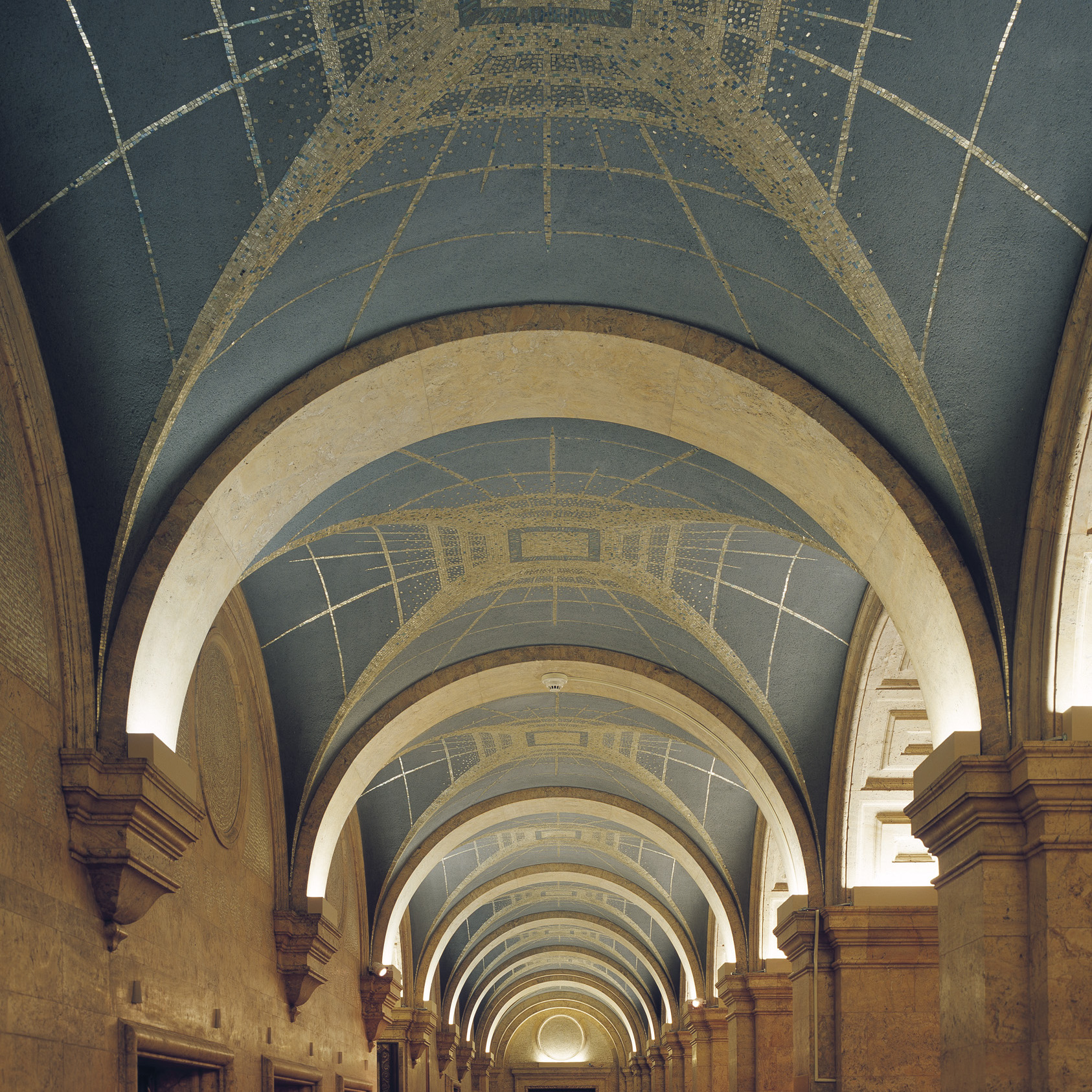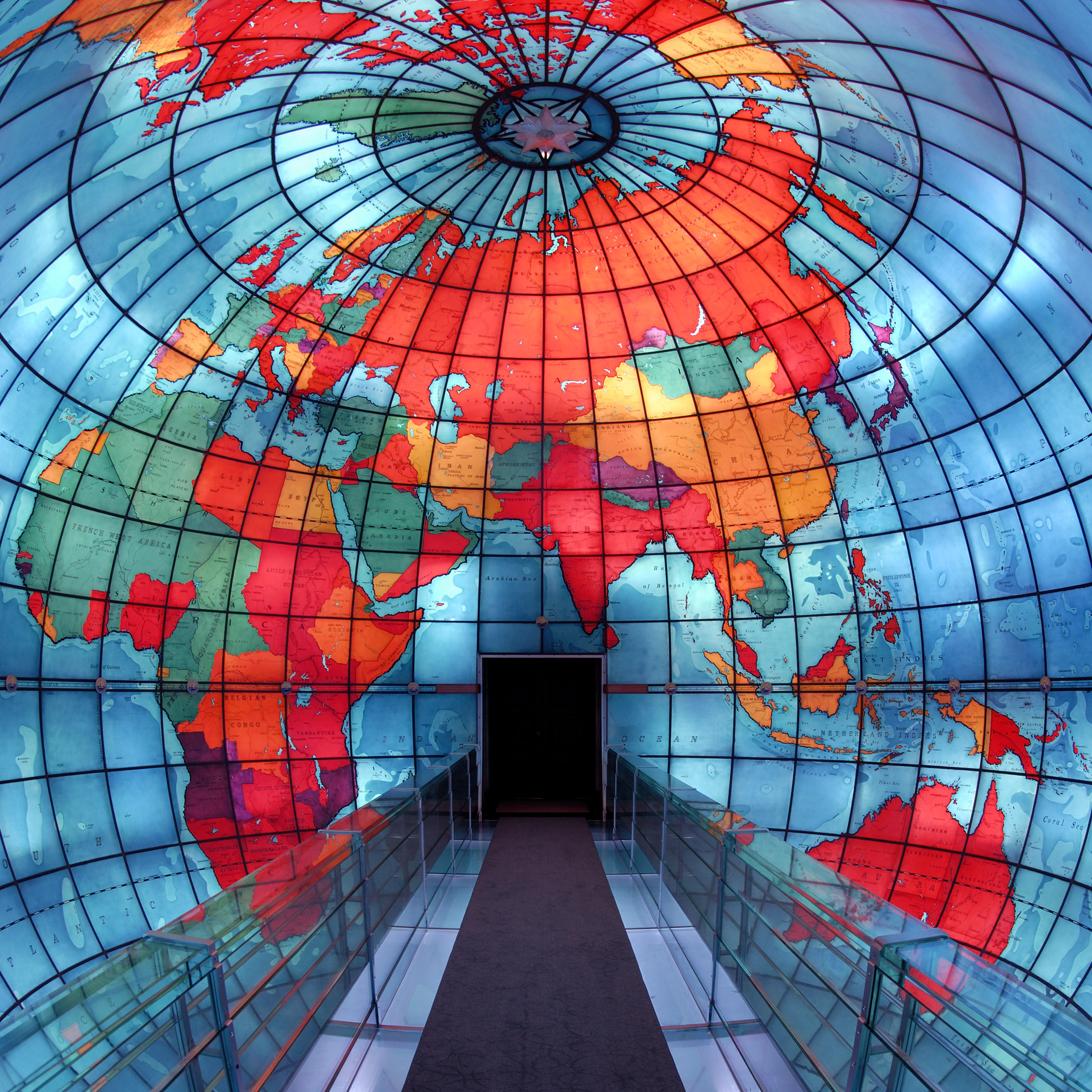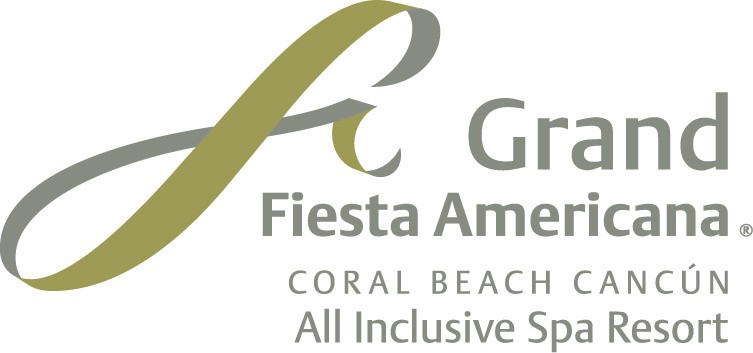
Share
I love a hidden gem. Truthfully, though, the Mapparium isn’t hidden. (More like hiding in plain sight.) What is not in dispute is that this is a gem, which should not be missed.
On a recent Saturday morning, I took a stroll through a corner of the diverse Boston neighborhood of Back Bay, bordered by the city’s famous Charles River, with its Esplanade richly decorated with lushly blossoming cherry trees and then home to families of fluffy yellow goslings, hovered over by their attentive parents, eager to chase away cooing tourists. Away from the water, trolley tours rolled through streets lined with snap-worthy row houses. Fenway Park is blocks away.
Along Massachusetts Avenue, just minutes from several subway stations, and with convenient bus stops, you’ll find the world famous Berklee College of Music (among its many notable alumni are John Mayer, Steven Tyler, Quincy Jones, Melissa Etheridge and Tony Bennett). Further up Massachusetts Avenue sits the home of the Boston Symphony Orchestra. And, midway between the two, is the Mary Baker Eddy Library, home to the Mapparium.
Step inside and you’ll find a welcoming, modern glass-fronted visitors area. From there you enter the well-named Grand Lobby. Here you’ll gather with visitors from far and wide for your Mapparium tour. However, first pause for a moment and look up. You will not be disappointed. Celestial and terrestrial-themed light fixtures hang from the lofty ceiling. The celestial light is adorned with the signs of the Zodiac, a reference to the ancient ways sailors navigated across oceans. Its terrestrial twin is covered with an imaginative collection of means of transportation, ranging from sailing ships to dirigibles.

The light fixtures are just one indication of the global theme and church outreach continued throughout the building—the library and Mapparium are in what is known as the Publishing House, quarters for the editing, printing and distributing of The Christian Science Monitor and other church magazines. Speaking of the church, glance through one of the imposing, Lord of the Rings-like side doors (worthy of study themselves) and you’ll see the neighboring First Church of Christ, Scientist. If the two buildings look similar in age to you, that’s because Chester Lindsay Churchill, the architect of the newer building, deliberately chose Indiana limestone in order to blend with the older church.

It was Churchill who had the brilliant idea to create the Mapparium. He was searching for a way to illustrate the worldwide scope of The Christian Science Monitor and signify global unity. A sizeable symbol was called for, but the sheer mass of a conventional globe of the appropriate size would have separated—not connected—the people viewing it. Eventually, Churchill came up with the idea of globe that visitors could view from within.
As you enter on the globe on the narrow walkway, you’ll see for yourself just how effective—and just how unique—the Mapparium is. At three stories high, 22 miles to the inch, and with colors that glow as brightly today as the day the glass was painted and fired back in the mid 1930s, the experience is breathtaking. The acoustics are extraordinary. As the guide warns, even whispered conversations are clearly heard. Stand under the North Pole, and you’ll hear yourself in surround sound. The map—drawn by Chicago mapmakers Rand McNally— is accurate to the world’s national boundaries and country names as they existed in 1934. Fortuitously, the last panel to be slotted into place included Iran, which had changed its name from Persia just two months earlier. Since it opened in 1935, no updates have been made to the Mapparium—and one of the many intriguing parts of the tour is a light show highlighting the many changes that have happened in the intervening years.
“Stand under the North Pole, and you’ll hear yourself in surround sound.”
As my eyes soaked in the world—literally—around me, I first spotted the Equator, marked with the world’s time zones. Australia was at shoulder level; Venezuela and Colombia at eye level. While tiny Hawaii seemed so remote, Africa loomed large. The Northern Hemisphere seemed packed, with countries crowding against the polar regions in a way I’d never appreciated before, despite decades studying maps.
While the boundaries of the world’s countries are frozen in time at the Mapparium, nowhere before had I felt a greater sense of the connection between the nations of the world—a timely reminder that never grows old.
Mapparium tours: Tues-Sun, 10am-4pm. Tours begin every 20 minutes.
Cover photo courtesy The Mary Baker Eddy Library, Boston, MA














